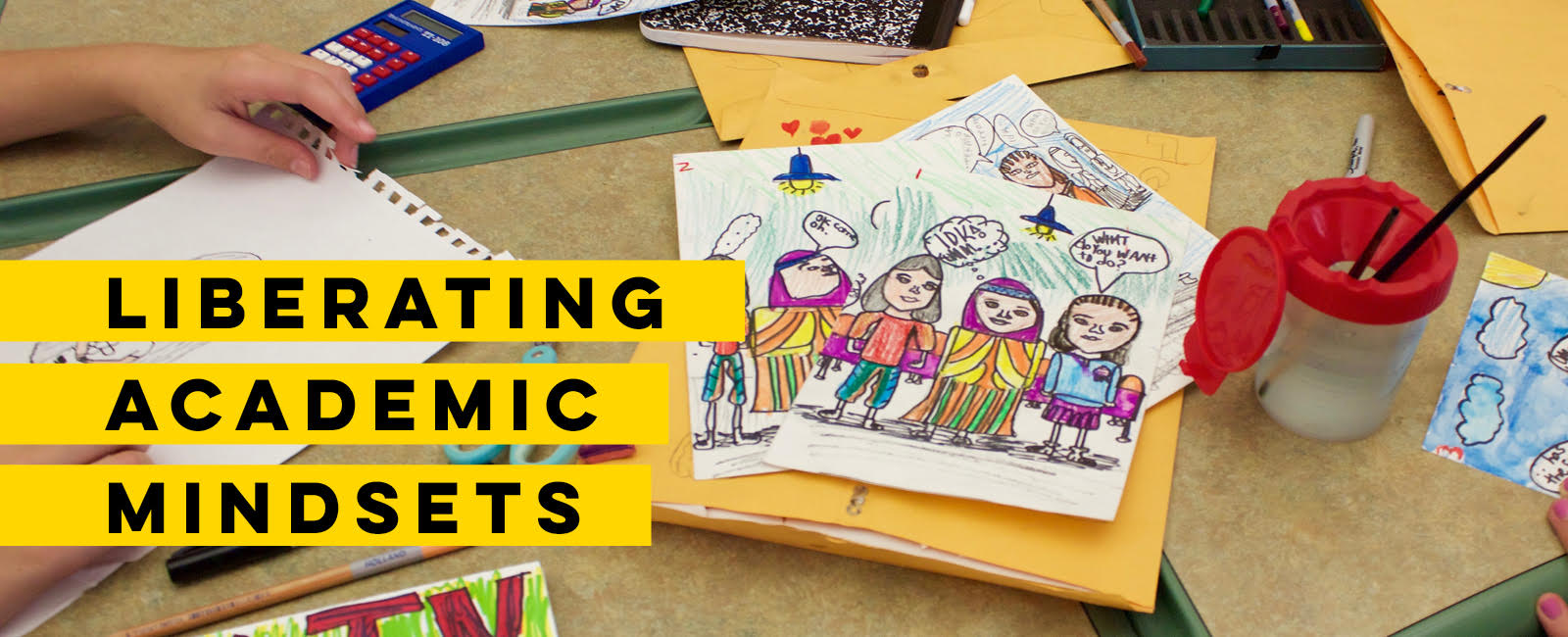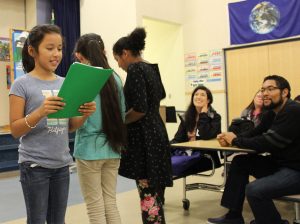 CULTURALLY
CULTURALLY
RESPONSIVE ARTS
INTEGRATION
Arts Corps’ Highline Creative Schools Initiative (HCSI) was a multiyear project in partnership with Highline School District, funded by the US Department of Education. Researchers examined the impact that partnerships between classroom teachers and teaching artists had on 5th and 6th grade students’ academic mindsets and behaviors, school climate, and transition to middle school. The study shows that thoughtful collaboration between teaching artists and classroom teachers can help close the achievement gap faced by students from marginalized communities, like those in the Highline School District.
Liberating Academic Mindsets through Culturally Responsive Arts Integration
 BACKGROUND
BACKGROUND
NEED IDENTIFIED
HCSI was designed to address one source of deep-seated inequity in school systems: for decades, art education has declined in American public schools. The decline is especially dramatic for students of color and students living in poverty. Research shows that arts education has transformative results: higher school attendance and graduation rates, and increases in creative capacities, leadership skills, and connections to community. Results are especially significant among communities that disproportionately lack access to arts education, largely low-income youth of color.
PRESSURES
“Many Highline students experienced very challenging home lives. Some students were grieving parents and other family members who died or who were deported. Others were caught in the middle of acrimonious divorce proceedings. These are not problems that disappear once students walk through the school doors. Sometimes we can offer art as a way for them to share their hardships and wrestle with their emotions, but sometimes they can be so undone by them that all we can offer is a safe place to just be.”
—Visual Arts Teaching Artist
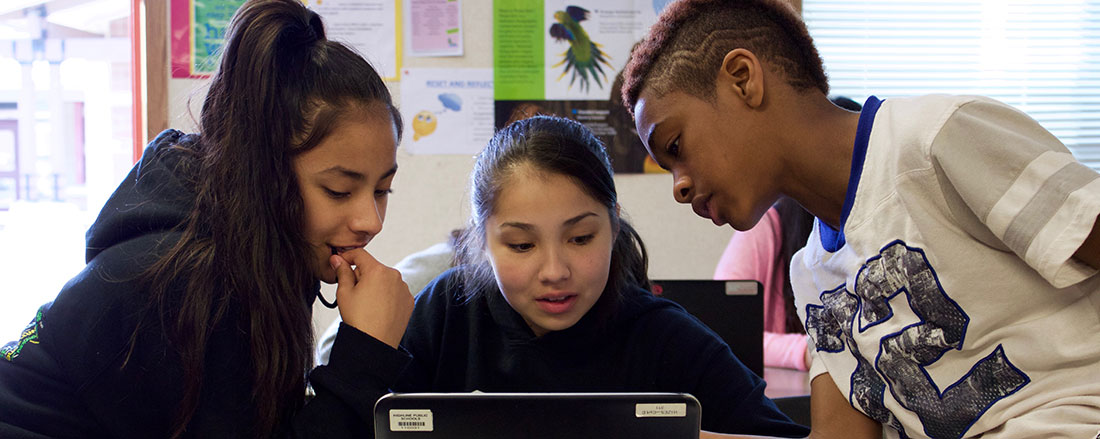
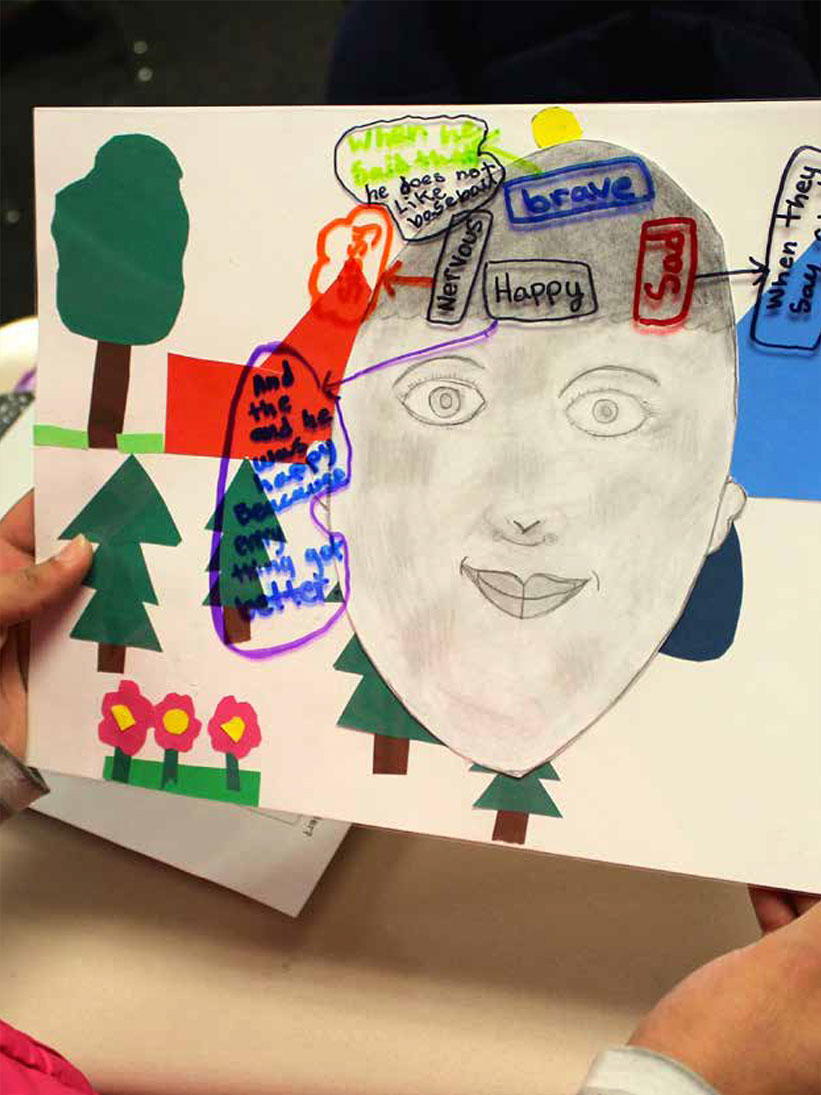
PROGRAM MODEL
CURRICULUM
Experienced theatre and visual arts teaching artists partnered with classroom teachers at four schools to integrate arts into literacy instruction. Teaching artists developed eight distinct curricula (four visual arts and four theatre) aligned with the writing curricula used by the school district. Each arts integration project was rooted in culturally responsive teaching and explored literacy concepts and strategies, through hands-on visual art or theatre activities.
ARTS INTEGRATION
Arts Integration is an approach to teaching, in which the arts are a vehicle for learning and students learn about a content area and an art form, simultaneously. In Arts Corps’ arts integration programs teaching artists and classroom teachers work together to make connections between subjects, leading to deeper learning in the content area.
CO-TEACHING
“Arts Integrated co-teaching was a phenomenal experience because I came to it with all of the skills of regular academics and the teaching artist came to it from the skills of all of their realm of expertise, whether it be visual or theatre arts, and so we were really able to work well together over the years … and I was ready to jump in and do any of the things that they needed me to do. It broadened my horizons as a teacher … and the teaching artist was always willing to give that kid a second chance or find a different route for them to be successful in the project.”
—5th Grade Classroom Teacher
CULTURALLY RESPONSIVE PEDAGOGY
All Arts Corps programs are grounded in culturally responsive teaching strategies that use “cultural knowledge, prior experiences, frames of reference, and performance styles of ethnically diverse students to make learning encounters more relevant and effective for them” (Geneva Gay, 2010). Through HCSI, Arts Corps found that culturally responsive pedagogy and mindset development support one another in multiple ways. Teaching artists honored students’ lived experiences, frames of reference, and performance styles in order to make curriculum and instruction relevant and meaningful.
RESEARCH
Nationally recognized researchers WolfBrown worked closely with Arts Corps staff and Seattle-based evaluators MEMconsultants to design research tools that captured a well-rounded picture of student learning and mindset development, including student surveys; observations conducted by external evaluators; analysis of students’ ELA and Math test scores across the multiple years of the project; middle school grades; and student focus groups.


OUTCOMES
INCREASED MINDSETS AND IMPROVED CLASSROOM CLIMATES
An observation tool, utilized in all HCSI classes, focused on five mindsets areas that have measurable effects on students’ learning: challenge, belonging, relevance, self-efficacy, and growth mindset. This tool revealed that, through Arts Corps, staff and students exhibited higher levels of behaviors that promote these mindsets in every year of the project than those at comparison schools. The behaviors translated into higher levels of growth in these mindsets among Arts Corps students, as assessed by student surveys. These findings speak to the powerful influence of daily practices, carried out by teachers and students alike, in building individual self-concepts and communities supportive of diverse learners.
INCREASED ELA & MATH SCORES
Students’ annual rates of proficiency on math and English Language Arts (ELA) tests from the Smarter Balanced Assessment Consortium (SBAC) tests indicated that participation in HCSI led to increased rates of proficiency on SBAC assessments of ELA and math. Each year of the study, a higher proportion of students attending treatment schools were rated as proficient in math. In 2017-18, this difference was statistically significant. Similarly, a higher proportion of students attending treatment schools were rated as proficient in ELA in each academic year. This difference was statistically significant in 2016-17.
IMPACT FOR STUDENTS WITH SPECIAL EDUCATION CLASSIFICATION
Mindset surveys and Smarter Balanced Assessment Consortium (SBAC) data indicate students with a special education classification who participated in Arts Corps classrooms exhibited higher levels of mindset beliefs and academic achievement than peers in comparison classrooms. The magnitude of Arts Corps’ impact was especially large for students’ academic self-concept and sense of belonging in the classroom, such that by the end of the academic year, levels were indistinguishable from those of their unclassified peers.
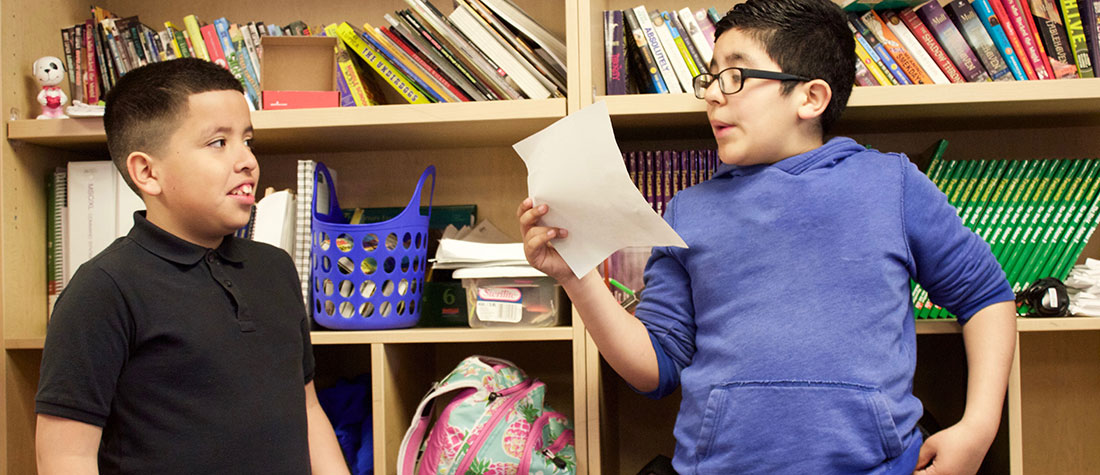
RESOURCES
LOCAL RESOURCES
Highline Public Schools
The Road Map Project
Washington State K-12 learning standards
EDUCATION RESOURCES
Chicago Consortium for School Research
Visual Thinking Strategies
How to Teach Visual Thinking Strategies
Partnership for the 21st Century
RESEARCH AND EVALUATION PARTNERS
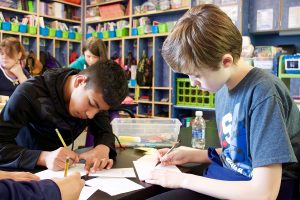 CREDITS
CREDITS
All photos by Angela Brown. Highline Creative Schools Initiative (HCSI) was a partnership between Arts Corps staff and teaching artists, Highline Public Schools, WolfBrown and MEMConsultants. For more information on the project or for a copy of the final report, please contact info@artscorps.org. For more information on the research tools, please contact info@wolfbrown.com.
